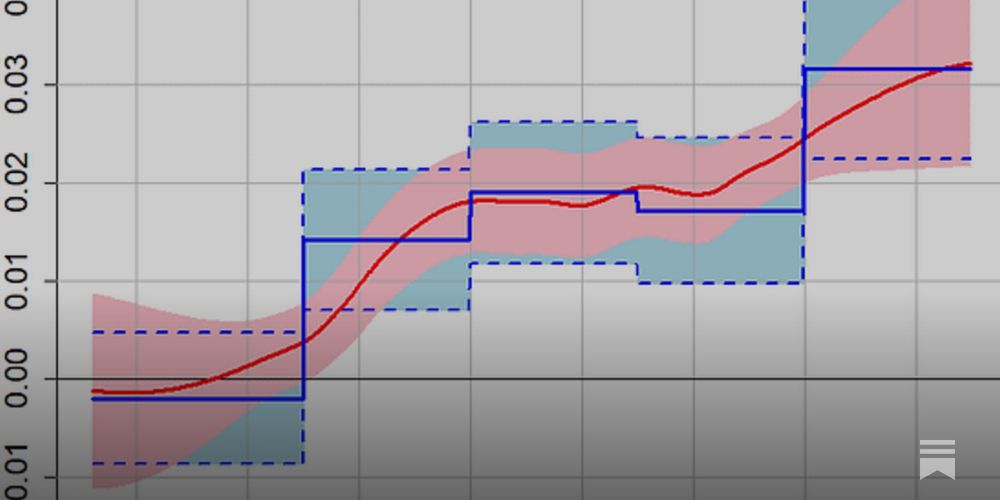
Climate research lead @stripe, writer @CarbonBrief, scientist @BerkeleyEarth, IPCC/NCA5 author.
Substack: https://theclimatebrink.substack.com/
Twitter: @hausfath

In a new piece over at The Climate Brink, I argue that LLMs are fundamentally consensus machines, and could help defragment our information ecosystem – at least if their creators do not put thumbs on the digital scale.

In a new piece over at The Climate Brink, I argue that LLMs are fundamentally consensus machines, and could help defragment our information ecosystem – at least if their creators do not put thumbs on the digital scale.


I've got a new piece over at The Climate Brink digging into the details: www.theclimatebrink....

I've got a new piece over at The Climate Brink digging into the details: www.theclimatebrink....
Going to zero today will keep us <1.5°C
Constant emissions leads to 2.6°C, rising rapidly thereafter.
www.nature.com/articles/s41...

Going to zero today will keep us <1.5°C
Constant emissions leads to 2.6°C, rising rapidly thereafter.
www.nature.com/articles/s41...
essd.copernicus.org/preprints/es...

essd.copernicus.org/preprints/es...
Read here: buff.ly/F4rY1GP

Read here: buff.ly/F4rY1GP
And the new Global Carbon Budget paper: essd.copernicus.org/...

And the new Global Carbon Budget paper: essd.copernicus.org/...




US emissions increases drove much of the increase in global emissions in 2025.

US emissions increases drove much of the increase in global emissions in 2025.



